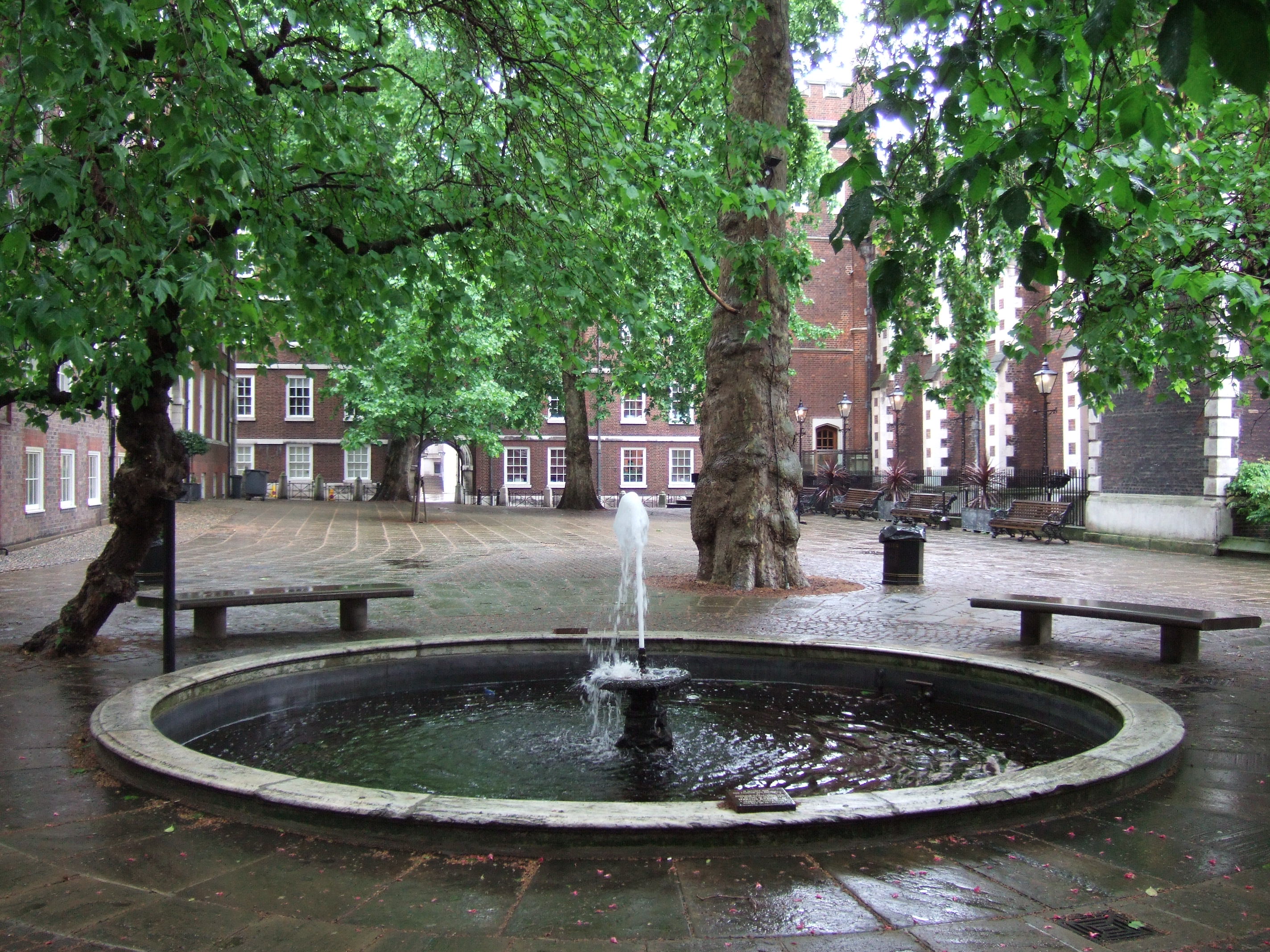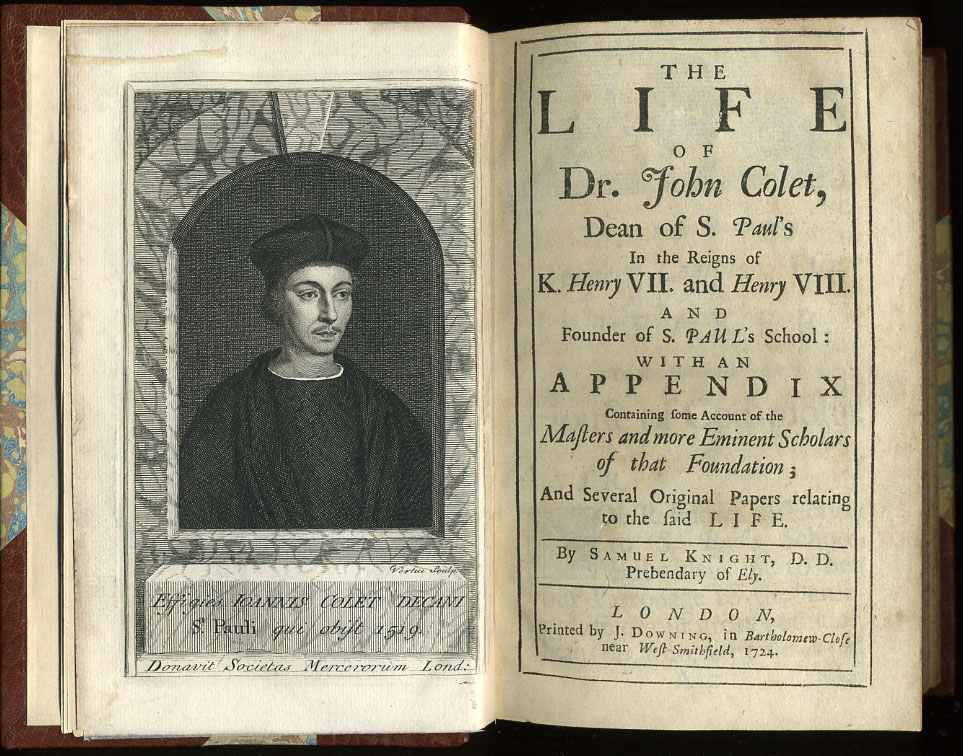|
John Wylde
Sir John Wylde (or Wilde; 11 May 1781 – 13 December 1859) was Chief Justice of the Cape Colony, Cape of Good Hope and a judge of the Supreme Court of the colony of New South Wales born at Warwick Square, Newgate Street, London. Member of a family of lawyers He was the eldest son of Thomas Wilde 1758-1821(NSW), attorney of Saffron Walden and Warwick Square London, founder in 1785 of Wilde Sapte, very recently Denton Wilde Sapte and now the multinational law firm Dentons and Mary Anne, née Knight. Late in life Thomas Wilde, an amateur naturalist "of some distinction", retired and taking his piano, cello and flute followed his son John to Sydney, Australia where he died 4 December 1821. In February 1817 Thomas Wylde was elected to the first board of directors of the Bank of New South Wales. John Wylde's two younger brothers were: Thomas Wilde 1782-1855, first Lord Truro, Lord Chancellor of England' and Edward Archer Wilde 1786-1871, Solicitor of London who was father ... [...More Info...] [...Related Items...] OR: [Wikipedia] [Google] [Baidu] |
Deputy Judge Advocate Of New South Wales
The Judge Advocate of New South Wales, also referred to as the Deputy Judge Advocate was a ranking judicial officer in the Colony of New South Wales until the abolition of the role in 1823. Before the First Fleet sailed from England to colonise New South Wales, Marine Captain David Collins was appointed Deputy Judge Advocate of the colony, and Judge Advocate of the marines. The Judge Advocate held office in several courts. #He was one of a bench of two justices of the peace in the Magistrates' Court. #He was president of the Court of Criminal Jurisdiction. #He was one of a bench of three judges in the Court of Civil Jurisdiction until its abolition in 1814. #In the Court of Appeal of New South Wales, he was advisor to the colony's Governor, who was the sole appeal judge. From 1814, #He was assessor of the High Court of Appeal of New South Wales. #He was one of a bench of three magistrates in the Governors Court. David Collins held office from 1788 until 1796. He was tem ... [...More Info...] [...Related Items...] OR: [Wikipedia] [Google] [Baidu] |
Bank Of New South Wales
The Bank of New South Wales (BNSW), also known commonly as The Wales, was the first bank in Australia, being established in Sydney in 1817 and situated on Broadway, New South Wales, Broadway. During the 19th century, the bank opened branches throughout Australia and New Zealand, expanding into Oceania in the 20th century. It merged with many other financial institutions, finally merging with the Commercial Bank of Australia in 1982 and being renamed to the Westpac, Westpac Banking Corporation on 4 May that year under the ''Bank of New South Wales (Change of Name) Act 1982''. History Established in 1817 in Macquarie Place, Sydney premises leased from Mary Reibey, the Bank of New South Wales (BNSW) was the first bank in Australia. It was established under the economic regime of Governor of New South Wales, Governor Lachlan Macquarie (responsible for transitioning the penal settlement of Sydney into a capitalist economy). At the time, the colony of Sydney had not been supplied ... [...More Info...] [...Related Items...] OR: [Wikipedia] [Google] [Baidu] |
Van Diemen's Land
Van Diemen's Land was the colonial name of the island of Tasmania used by the British during the European exploration of Australia in the 19th century. A British settlement was established in Van Diemen's Land in 1803 before it became a separate colony in 1825. Its penal colonies became notorious destinations for the transportation of convicts due to the harsh environment, isolation and reputation for being inescapable. Macquarie Harbour and Port Arthur are among the most well-known penal settlements on the island. With the passing of the Australian Constitutions Act 1850, Van Diemen's Land (along with New South Wales, Queensland, South Australia, Victoria, and Western Australia) was granted responsible self-government with its own elected representative and parliament. On 1 January 1856, the colony of Van Diemen's Land was officially changed to Tasmania. The last penal settlement was closed in Tasmania in 1877. Toponym The island was named in honour of Anthony van Die ... [...More Info...] [...Related Items...] OR: [Wikipedia] [Google] [Baidu] |
Supreme Court Of Tasmania
The Supreme Court of Tasmania is the highest State court in the Australian State of Tasmania. In the Australian court hierarchy, the Supreme Court of Tasmania is in the middle level, with both an appellate jurisdiction over lower courts, and decisions made by Court to be heard on appeal by the High Court of Australia. The ordinary sittings of the Court occur in Hobart, Launceston and Burnie in Tasmania. The Court's Appeal division sits only in Hobart. History of the Court The Supreme Court of Van Diemen's Land (as Tasmania was then known) was established by The Royal Letters Patent of 13 October 1823 and commenced activities on 10 May 1824. The Court is the oldest Supreme Court in Australia and predates the Supreme Court of New South Wales, if only by a period of just ten days. The supreme courts of Tasmania and New South Wales were initiated through the New South Wales Act 1823, and this gave those courts jurisdiction over New Zealand. Sir John Pedder, after whom Lake Pedde ... [...More Info...] [...Related Items...] OR: [Wikipedia] [Google] [Baidu] |
Clerk (position)
A clerk is a white-collar worker who conducts general office tasks, or a worker who performs similar sales-related tasks in a retail environment. The responsibilities of clerical workers commonly include record keeping, filing, staffing service counters, screening callers, and other administrative tasks. History and etymology The word ''clerk'' is derived from the Latin ''clericus'' meaning "cleric" or "clergyman", which is the latinisation of the Greek ''κληρικός'' (''klērikos'') from a word meaning a "lot" (in the sense of drawing lots) and hence an "apportionment" or "area of land". Henry George Liddell, Robert Scott, "A Greek-English Lexicon", at Perseus The association derived from medieval courts, where writing was mainly entrusted to |
Joshua John Moore
Lieutenant Joshua John Moore (1790–1864), a grazier and large owner of land by occupation, was born to John Moore, yeoman farmer, at Horningsea, Cambridgeshire, England. Not much is known about Moore's early life, until, on 25 December 1813, he was drafted into the Royal South Lincoln Militia and trained at Weden Barracks. By August the following year, he was promoted lieutenant, and in September he was transferred to the 14th Regiment of the Militia. It was this regiment which accompanied him in battle at Waterloo. Soon after, however, when he was placed on half-pay, Moore decided to accompany his brother in law, John Wylde, who had recently been appointed Judge advocate of New South Wales, to Sydney, They arrived on 5 October 1816, on a ship called the ''Elizabeth'', with Wylde making his official landing in the Governor's barge under a salute of thirteen guns on October 12. Moore was thereby appointed Registrar of the Governor's Court and a clerk to Wylde, at a salary of ... [...More Info...] [...Related Items...] OR: [Wikipedia] [Google] [Baidu] |
Sydney
Sydney ( ) is the capital city of the state of New South Wales, and the most populous city in both Australia and Oceania. Located on Australia's east coast, the metropolis surrounds Sydney Harbour and extends about towards the Blue Mountains to the west, Hawkesbury to the north, the Royal National Park to the south and Macarthur to the south-west. Sydney is made up of 658 suburbs, spread across 33 local government areas. Residents of the city are known as "Sydneysiders". The 2021 census recorded the population of Greater Sydney as 5,231,150, meaning the city is home to approximately 66% of the state's population. Estimated resident population, 30 June 2017. Nicknames of the city include the 'Emerald City' and the 'Harbour City'. Aboriginal Australians have inhabited the Greater Sydney region for at least 30,000 years, and Aboriginal engravings and cultural sites are common throughout Greater Sydney. The traditional custodians of the land on which modern Sydney stands are ... [...More Info...] [...Related Items...] OR: [Wikipedia] [Google] [Baidu] |
St Bene't's Church
St Bene't's Church is a Church of England parish church in central Cambridge, England. Parts of the church, most notably the tower, are Anglo-Saxon, and it is the oldest church in Cambridgeshire as well as the oldest building in Cambridge. The church is dedicated to Saint Benedict of Nursia, the founder of the Benedictine order of monasticism. Bene't is an attempt to reconcile the Anglo-Norman name Benet with the Latin (and modern English) form of the saint's name Benedict. Latin documents from the 13th and 14th century refer to ''"ecclesie sancti Benedicti"'' while a contract (in English) of 6 June 1452 for a new roof referred to the "cherche of seynt Bennettys". Lyne's map of Cambridge of 1574 shows "Benett Ch" while Loggan's map of 1688 shows "St Bennetts Church". In the 19th century the church was variously referred to as being of "St Benedict", "St Benet" or "St Bene't". Modern usage is either "St Benet" or "St Bene't". Location The church is on the south side of Bene't ... [...More Info...] [...Related Items...] OR: [Wikipedia] [Google] [Baidu] |
Middle Temple
The Honourable Society of the Middle Temple, commonly known simply as Middle Temple, is one of the four Inns of Court exclusively entitled to call their members to the English Bar as barristers, the others being the Inner Temple, Gray's Inn and Lincoln's Inn. It is located in the wider Temple area of London, near the Royal Courts of Justice, and within the City of London. History During the 12th and early 13th centuries the law was taught, in the City of London, primarily by the clergy. But a papal bull in 1218 prohibited the clergy from practising in the secular courts (where the English common law system operated, as opposed to the Roman civil law favoured by the Church). As a result, law began to be practised and taught by laymen instead of by clerics. To protect their schools from competition, first Henry II and later Henry III issued proclamations prohibiting the teaching of the civil law within the City of London. The common law lawyers migrated to the hamlet of H ... [...More Info...] [...Related Items...] OR: [Wikipedia] [Google] [Baidu] |
Bar Association
A bar association is a professional association of lawyers as generally organized in countries following the Anglo-American types of jurisprudence. The word bar is derived from the old English/European custom of using a physical railing to separate the area in which court business is done from the viewing area for the general public. Some bar associations are responsible for the regulation of the legal profession in their jurisdiction; others are professional organizations dedicated to serving their members; in many cases, they are both. In many Commonwealth jurisdictions, the bar association comprises lawyers who are qualified as barristers or advocates in particular, versus solicitors (see ''bar council''). Membership in bar associations may be mandatory or optional for practicing attorneys, depending on jurisdiction. Etymology The use of the term ''bar'' to mean "the whole body of lawyers, the legal profession" comes ultimately from English custom. In the early 16th century ... [...More Info...] [...Related Items...] OR: [Wikipedia] [Google] [Baidu] |
St Paul's School, London
(''By Faith and By Learning'') , established = , closed = , type = Independent school Public school , religion = Church of England , president = , head_label = High Master , head = Sally Anne Huang , r_head_label = Surmaster , r_head = Fran Clough , chair_label = Chairman of the Governors , chair = Johnny Robertson , founder = John Colet , specialist = , address = Lonsdale Road , city = Barnes , county = London , country = United Kingdom , postcode = SW13 9JT , local_authority = , urn = 102942 , ofsted = , staff = c. 110 , enrolment = c.950 , gender = Boys ... [...More Info...] [...Related Items...] OR: [Wikipedia] [Google] [Baidu] |
Lord Penzance
James Plaisted Wilde, 1st Baron Penzance, (12 July 1816 – 9 December 1899) was a noted United Kingdom, British judge and rose breeder who was also a proponent of the Baconian theory that the works usually attributed to William Shakespeare were in fact written by Francis Bacon. Background and education Born in London, he was the son of Edward Archer Wilde, a solicitor, and Marianne (née Norris). His younger brother Sir Alfred Thomas Wilde was a Lieutenant-General in the Madras Army, while Sir John Wylde (Chief Justice of the Cape Colony) and Thomas Wilde, 1st Baron Truro (Lord Chancellor) were his uncles. He was educated at Winchester College and Trinity College, Cambridge (matriculated 1834, graduated Bachelor of Arts, B.A. 1838, Master of Arts (Oxford, Cambridge, and Dublin), M.A. 1842). He was admitted to the Inner Temple in 1836, and Call to the Bar, called to the Bar in 1839. Legal career He became a successful lawyer himself and was appointed a Queen's Counsel in 1855. ... [...More Info...] [...Related Items...] OR: [Wikipedia] [Google] [Baidu] |
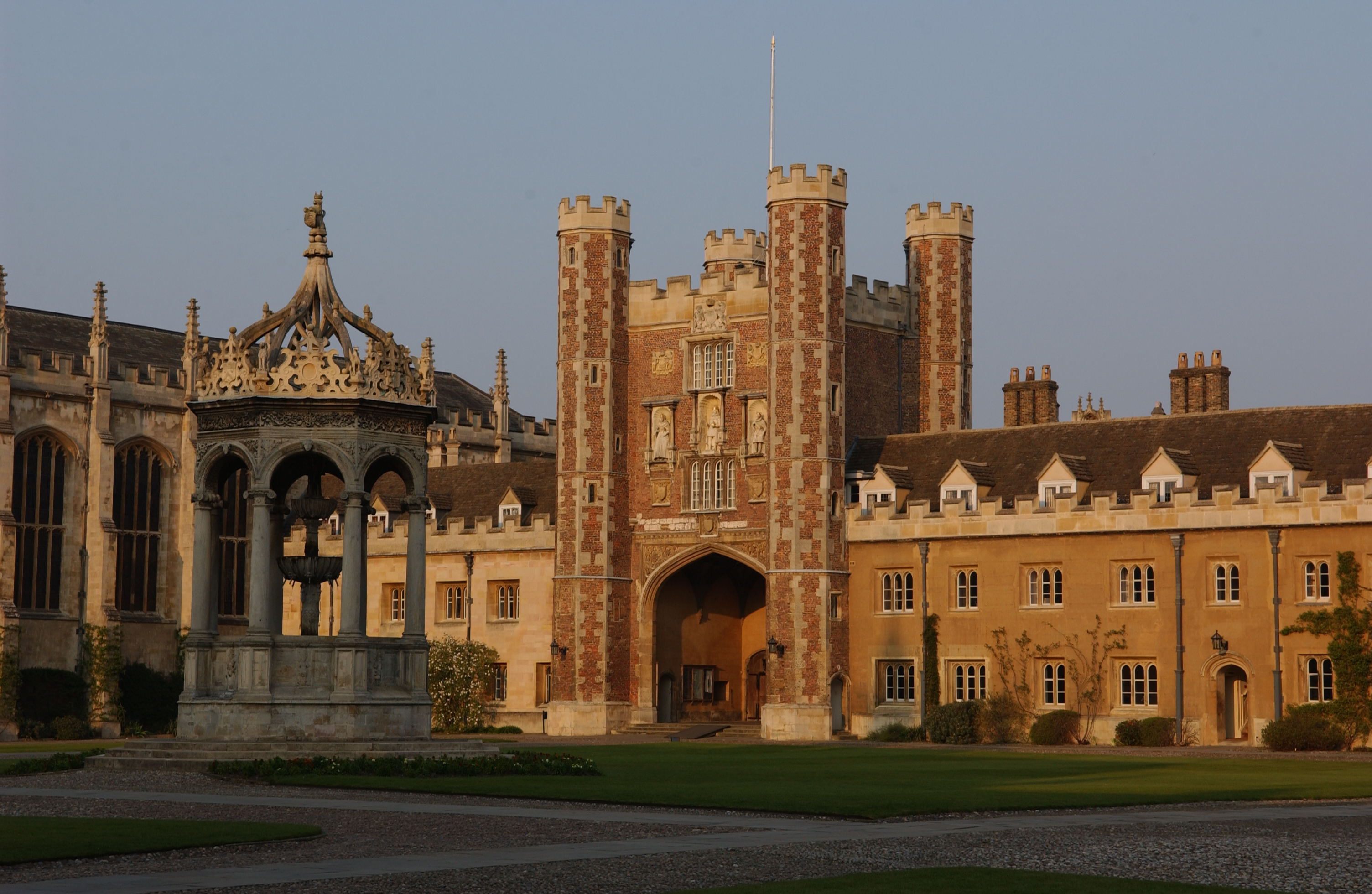
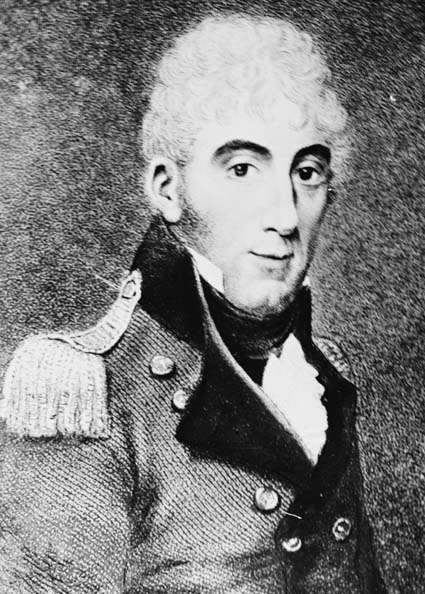

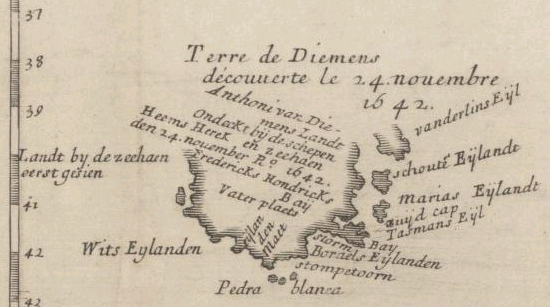
_(2).jpg)


